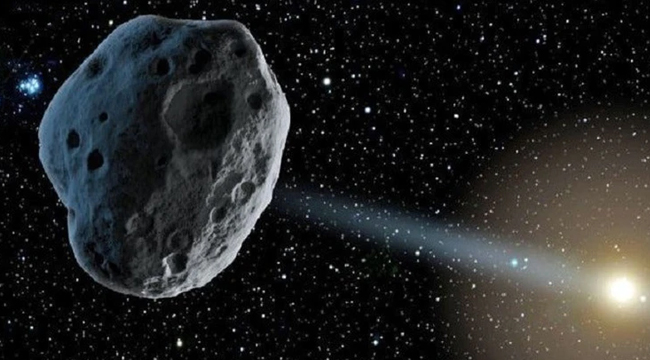Interstellar Comet Discovered In 2019 Puzzles NASA Scientists
INTERSTELLAR COMET – NASA scientists says that something is off about the interstellar comet that they discovered in 2019 .

The comet, named “2I / Borisov” after an astronomer who discovered it, came from a different star and is making a close approach to the Sun at a very unusual trajectory, according to an article from Futurism.
NASA scientists speculated that the object came from a star system that resembled our own, adding that it may hold water.
NASA’s international team of researchers recently published a new study that the gas which emanates from 2I / Borisov has unusually high amounts of carbon monoxide, which is one of the commonly found molecules in space.
Hence, the amount of this commonly found molecule emanating from the comet is 26 time higher than the average.
NASA Goddard Space Flight Center astrochemist Martin Cordiner, who is the leadd author of the study admitted that it is the first time they saw a comet outside the solar system and is unusually different from most other comets.
That unusually high concentration of carbon monoxide is what puzzled the scientists.
Co-author and NASA Goddard Space Flight Centerplanetary scientist Stefanie Milliam said that 2I / Borisov must have been composed from material that is very rich in CO ice, a material present at the lowest temperatures found in space. This could be the clue to its home.
“If the gases we observed reflect the composition of 2I/Borisov’s birthplace, then it shows that it may have formed in a different way than our own solar system comets, in an extremely cold, outer region of a distant planetary system,”
As per the report, the comet could have spent billions of years travelling through extreme colds of interstellar space after being thrown out of its host system. How the home system looks like is yet to be disclosed.
“2I/Borisov gave us the first glimpse into the chemistry that shaped another planetary system,”
“But only when we can compare the object to other interstellar comets, will we learn whether 2I/Borisov is a special case, or if every interstellar object has unusually high levels of CO.”
What do you think? How will you react to this? Let us know more about it in the comments below.
READ ALSO: CALLISTO – Old-Surfaced Galilean Moon | Moons Of Jupiter
Check out our latest news at philnews.ph or in our following social media pages
Facebook: /PhilNews
Twitter: @PhilNews247
Instagram: @philnewsph
